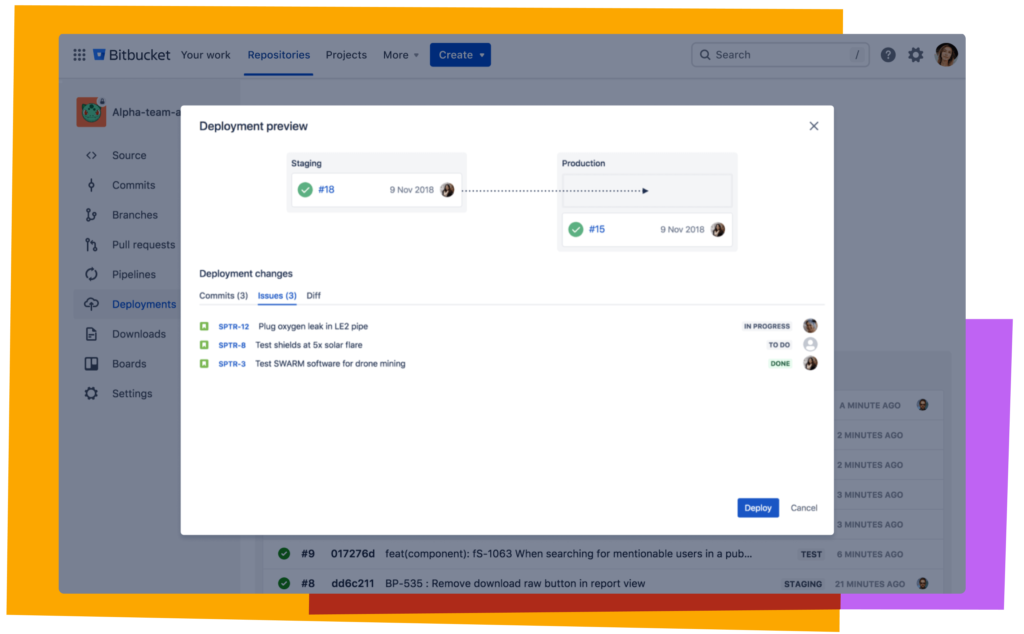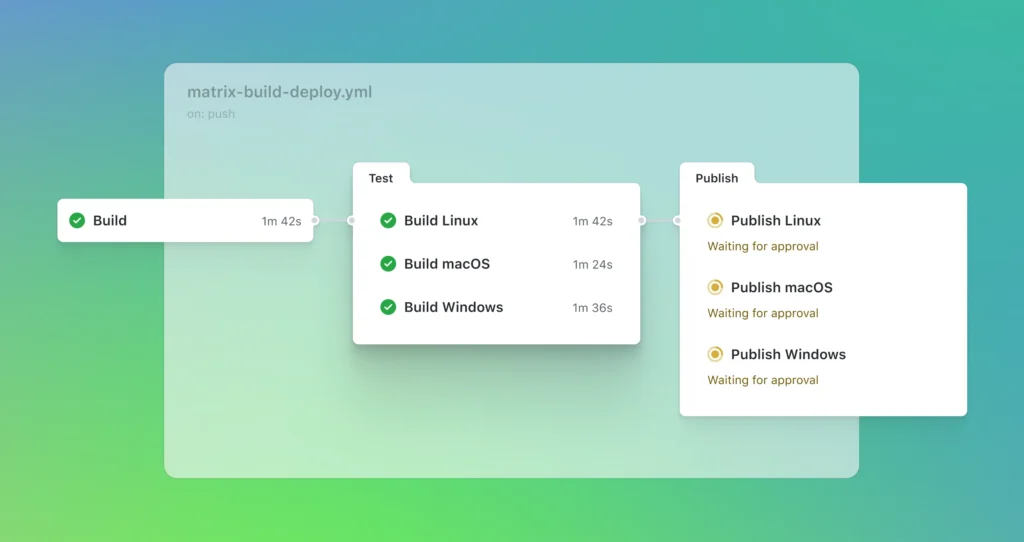Deploying Websites and Applications: Best Practices for 2025
In today’s rapidly evolving web environment, deploying websites and applications requires methods that prioritize speed, security, and automation. Traditional upload methods, like FTP (File Transfer Protocol) or manual upload via cPanel, are becoming outdated due to their limitations in speed, security, and scalability. Let’s dive into the most efficient, secure, and widely used practices that developers are adopting to streamline deployment processes in 2025.
1. Version Control Systems with Git
Using Git for deployment is one of the most common practices among developers. By integrating version control, teams can track changes, collaborate effectively, and roll back updates if needed.
- GitHub Actions: With GitHub Actions, you can automate the deployment process directly from your repository. Setting up SSH (Secure Shell) on the server allows GitHub Actions to push changes whenever there is an update, pulling the latest version of the code to the live environment. This eliminates manual uploads and ensures that deployments are quick, reliable, and consistent.
- Bitbucket Pipelines: For Bitbucket users, Pipelines provide a similar CI/CD (Continuous Integration/Continuous Deployment) setup. Automating testing and deployment is seamless, especially for teams working across multiple repositories or complex applications.


2. Rsync for Secure and Fast File Transfer
For developers looking for a secure file transfer method, rsync is a preferred choice. This tool allows you to sync files and directories securely over SSH, making it ideal for incremental updates where only modified files are pushed to the server.
- Advantages:
rsyncis efficient, minimizing the time it takes to deploy changes by sending only the differences between files. It also uses SSH for encrypted transfers, which adds a layer of security. - GitHub Integration: You can trigger
rsynctransfers using GitHub Actions or other CI/CD tools, setting up a smooth deployment pipeline that reacts to code changes.
3. SFTP for a More Secure FTP Alternative
If you are still using FTP, consider upgrading to SFTP (Secure File Transfer Protocol), which adds a security layer through SSH encryption. Though FTP was once the standard for website file uploads, its security vulnerabilities make it risky for modern applications.
- Automation with SFTP: SFTP can also be integrated into deployment pipelines. Using CI/CD workflows, like GitHub Actions, you can automate SFTP transfers, eliminating the need to upload files manually.
4. Cloud Hosting Platforms for Streamlined Deployment
Platforms like Netlify, Vercel, and Cloudflare Pages simplify deployment by allowing developers to deploy static websites with minimal configuration. These platforms offer seamless Git integration, meaning deployments are automatically triggered whenever you push code to specific branches. Additionally, they come with benefits like automatic SSL certificates and CDN (Content Delivery Network) integration for faster global content delivery.
- Use Case: Ideal for static sites or sites with frontend frameworks, these platforms handle the complexities of hosting and provide scalable solutions for high-traffic applications.
5. Containerized Deployments with Docker and Kubernetes
For larger, complex applications, containers are becoming the go-to method for deployment. Containers allow you to package applications with all their dependencies, ensuring they run reliably across different environments.
- Docker: By containerizing your application, you can deploy the same codebase in development, testing, and production environments. Docker images can be pushed to a container registry and pulled by servers when deploying.
- Kubernetes: For those managing multiple applications or microservices, Kubernetes orchestrates container deployment, scaling, and management. It is highly effective for large-scale applications where performance and uptime are critical.

6. Serverless and Cloud Functions
Serverless platforms like AWS Lambda, Google Cloud Functions, and Azure Functions offer an alternative approach for developers. These platforms handle the server infrastructure, allowing developers to deploy code as functions that respond to events or requests.
- Advantages: Serverless deployment can save costs and eliminate the need to manage servers, making it an excellent choice for applications with variable workloads or those that need to scale rapidly.
7. Automated Build and Deployment Pipelines
For continuous delivery, automated pipelines are crucial. CI/CD tools such as Jenkins, GitLab CI/CD, and CircleCI allow you to build, test, and deploy code automatically.
- Automated Builds: Automated pipelines enable efficient error detection by testing code before deployment. If tests pass, the code is automatically deployed, ensuring reliability.
- Monitoring and Rollbacks: Tools like Jenkins support real-time monitoring and rollback capabilities, making it easy to handle issues that arise post-deployment.
Conclusion
Choosing the right deployment method depends on your project’s complexity, security requirements, and resource needs. Whether using Git, SFTP, containerization, or serverless functions, modern deployment practices aim to make deployment faster, more reliable, and secure. If you’re transitioning from older methods, consider implementing these modern deployment strategies to improve the performance and security of your applications.
Tags
- Website Deployment
- Application Deployment
- FTP Alternatives
- CI/CD
- Containerization
- Secure Deployment